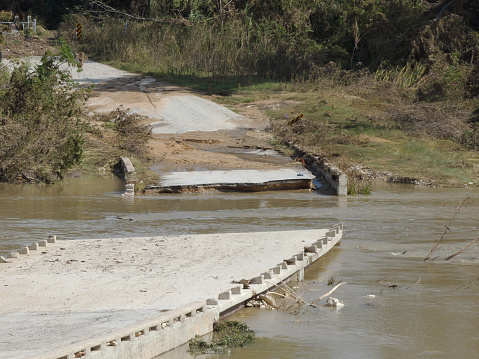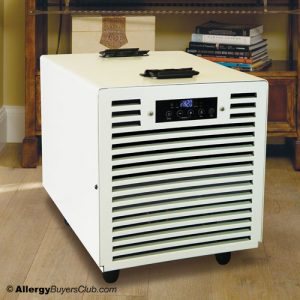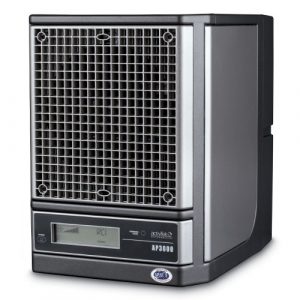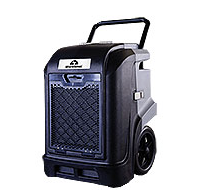Flood Damage is a Mold Buffet
Hurricane Harvey recently caused severe flooding and damage in Houston and Corpus Christi, Texas, our hearts go out to those affected! Around the United States has also been a wet spring and summer for many people, though nothing close to the Houston area. Texas has experienced record-setting and deadly flooding, even in parts of the state that aren’t usually flood-prone. In other parts of the US, there has been record amounts of rain, (look at the levels below for Wisconsin and Michigan) positioning much of the US to be far soggier and wetter than previous years. Right now cleaning out homes and repairing damage is a major concern for a lot of people. Unfortunately all those wet homes and basements put a lot of homeowners in a bad position for rampant mold growth – which means many people will be looking for mold removal and mitigation solutions.
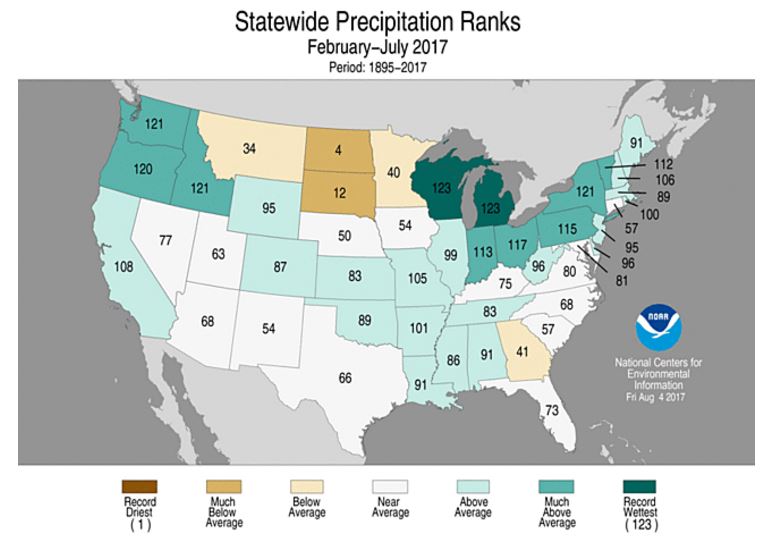
Image from National Centers for Environmental Information (NCEI)
What is mold?
Molds are various types of fungi that grow in filaments and reproduce by forming spores. Mildew refers to certain kinds of mold, particularly mold in the home with a white or gray color, or the mold that accumulates in tubs, showers and bathrooms. The effects of mold can be mild for those who don’t have mold allergies, to quite severe for those with compromised immune systems or pre-existing respiratory conditions like asthma. While mold itself is not poisonous or toxic, some create toxic byproducts called mycotoxins. Inhaling mold spores is what causes the allergic reactions many people experience. Typically, a mold allergy is most likely to flare during “mold season” – -which occurs from July to early fall, though regional conditions can extend this season. Acceptable limits of mold exposure for humans haven’t yet been defined, and since individuals vary in their susceptibility to mold, testing doesn’t properly predict the degree of health risks from any occurrence of mold. Mold can’t be eliminated, but it can be controlled by limiting moisture.
The impact of flooding on mold growth
Following Hurricane Katrina, NBC News reported that “mold now forms an interior version of kudzu [fast growing weed] in the soggy South, posing health dangers that will make many homes tear-downs and will force schools and hospitals to do expensive repairs” caused by water damage. After Sandy swept the east coast in 2012, the Huffington Post reported that “…once the water has gone down and people are able to return to their homes, those who have experienced flooding in their residences should be aware of another potential health danger — mold. Mold’s ideal growth environment is a flooded home, since it’s moist inside and there’s ‘organic’ material (such as ceiling tile or carpet padding made from natural fibers), which allows for the germination of mold spores,” according to the New York State Department of Health. While clothes subjected to flooding or mold can be washed or dry cleaned, most furniture is a loss, and water damage is usually catastrophic for carpeting, insulation, wallpaper and drywall. Mattresses that didn’t get wet still probably have mold if they were in a room that did. As H. James Wedner, MD, chief of allergy and immunology at Washington University School of Medicine, in St. Louis explained to Parents Magazine, “When your building has been flooded, it’s very difficult to dry it out quickly and completely.” 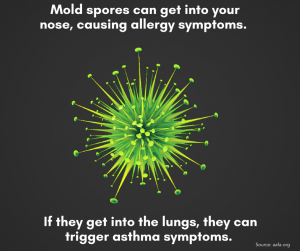
Telltale signs of mold growth in your home
Although mold can grow almost anywhere, come common places it’s found in homes with roof, window or pipe leaks, as well as homes that have been exposed to flooding. According to the Center for Disease Control (CDC), mold can grow on paper products, cardboard, ceiling tiles, wood products, dust, paints, wallpaper, insulation, drywall, carpet, fabric, upholstery, furniture, ductwork, roofing, paneling, and under sinks (and areas around plumbing fixtures). It can also enter your home through open doorways, windows, vents, and heating and air conditioning systems.
- Visibly appears as spots (black mold and green mold are common), or slimy/furry patches
- Musty smell (that stale, wet odor caused by mold building up and releasing gasses)
- Increased allergy or asthma symptoms in those sensitive to mold
If you suspect you have mold allergies (nasal congestion, runny nose, sneezing and coughing, itchy throat or irritated eyes) you may be able to identify the source of the mold by tracking your symptoms over a two-week period, based on your locales.
How to control mold growth in your home?
- Thoroughly clean and dry excess water after flooding
- Keep humidity levels between 40-60% by using both preventative measures and technological measures, like a dehumidifier
- Promptly fix leaky roofs, windows, and pipes
- Ventilate shower, laundry, and cooking areas
- Appliances that produce moisture (like clothes dryers and stoves) should be vented to the outdoors
- Consider adding insulation to reduce the potential for condensation to form on cold surfaces (like windows, piping, floors and roof)
Our top dehumidifier picks
|
FRAL FDK54 Dehumidifier
Read the reviews here! |
AP-3000-II Compact Air Purifier with ActivePure
Read the reviews here! |
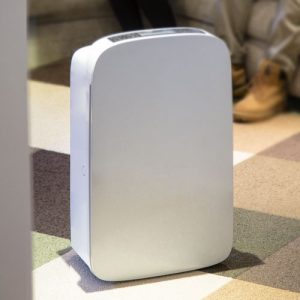
Pure & Dry HEPA70 Dehumidifier and HEPA Air Purifier
Read the reviews here! |
|
|
AllergyBuyersClub is a top online retailer of home and basement dehumidifiers. Their product consultants test and rate each dehumidifier they sell. They also have a Dehumidifier Hotline (1-866-627-4605) that you can call and speak to someone if you need help choosing the right dehumidifier for your application.

